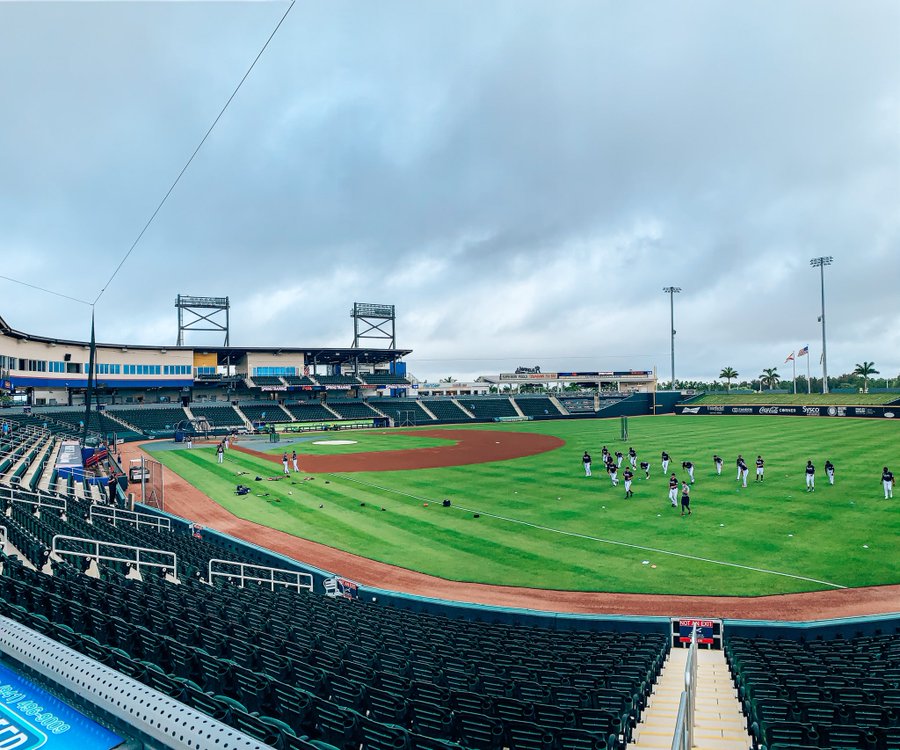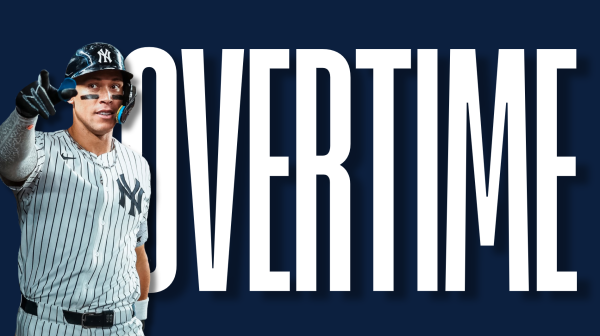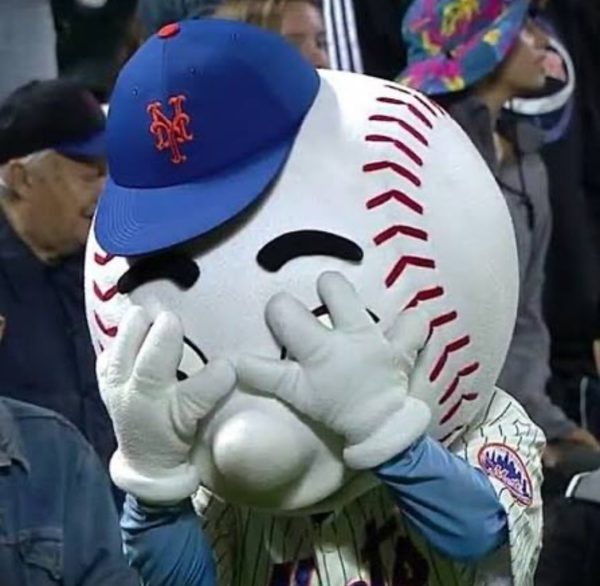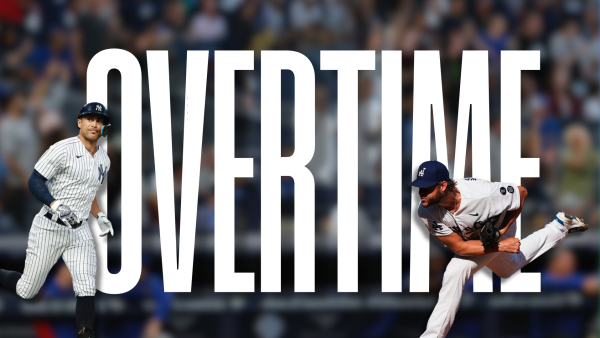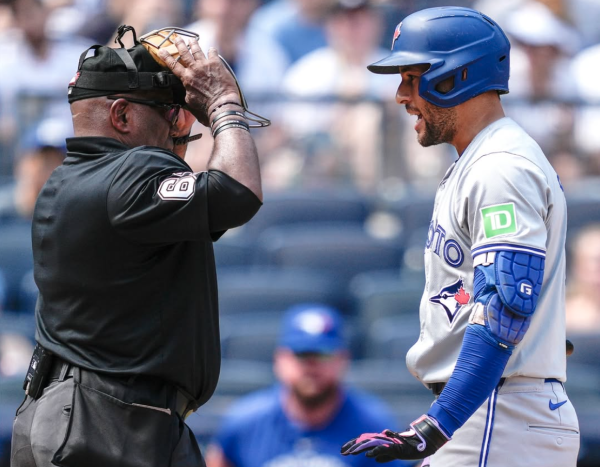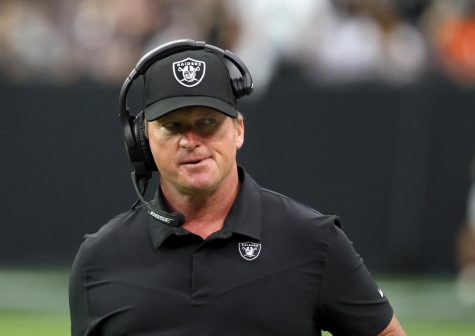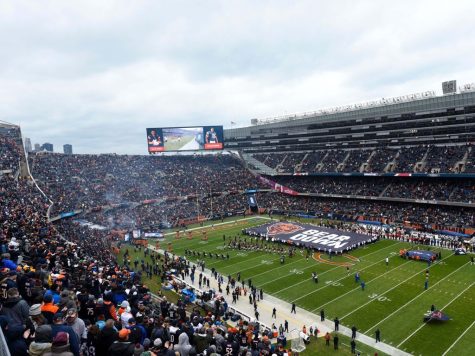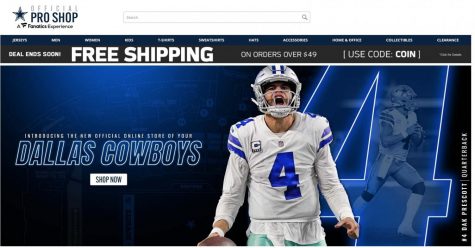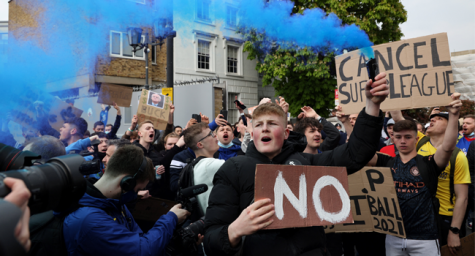The New MLB Spring Training
With the start of spring training baseball, what is the future for this season? Will the COVID-19 vaccine allow for more fan attendance at these games? During the 2020 MLB season, the MLB decided to shorten the season and play in empty ballparks. Now, ballparks will be opening up their gates to fans for spring training, which was cut short last season.
A significant aspect of spring training — the more personal fan interactions in the forms of autographs and pictures — will be limited. In Florida and Arizona, direct contact between fans and players is banned. With the opening of spring training, there are buffer zones to limit physical interaction, cashless concessions and mandates continuing mask-wearing and social distancing.
“Everybody is searching for some form of normalcy,” said Matt Hoy, senior vice president of operations for the Minnesota Twins. Under the MLB and the Centers for Disease Control and Prevention requirements, the Twins will open up their stadium in Fort Myers, Florida, to a little more than 2,400 fans for each of their 14 games during spring training.
The Twins also created a barrier between the concession stand and fans by packaging all foods and selling beer in a bottle rather than a cup, as well as putting up a vinyl covering drop down from the ceiling creating an 18-inch gap at the sale point.
“I believe we have a good plan, and everything is in place and moving forward,” Hoy said. “The keyword for me has been pivot. You never know what is going to come at you the next day. But, frankly, I’m sleeping pretty good right now.”
Hoy explains that the details are what keep him up at night. The logistical planning has taken time, but the Twins are confident with their end product.
The Miami Marlins became the first MLB team to partner with Lysol for its expertise in disinfection measures during spring training. Marlins Chief Revenue Officer Adam Jones commented on the partnership to ease fans’ concerns with implementing good health and safety measures.
“It’s critical that we can set the appropriate expectation for how their experience will be safeguarded as well as how the experience they are accustomed to will be preserved and delivered within the current context of having health and safety top of mind,” Jones said. “Baseball and sport, in general, is not the same without spectators and fans in attendance. Every step we can take toward full capacity and more normal conditions brings us closer to what baseball should be in terms of competition and entertainment.”





































































































































































































